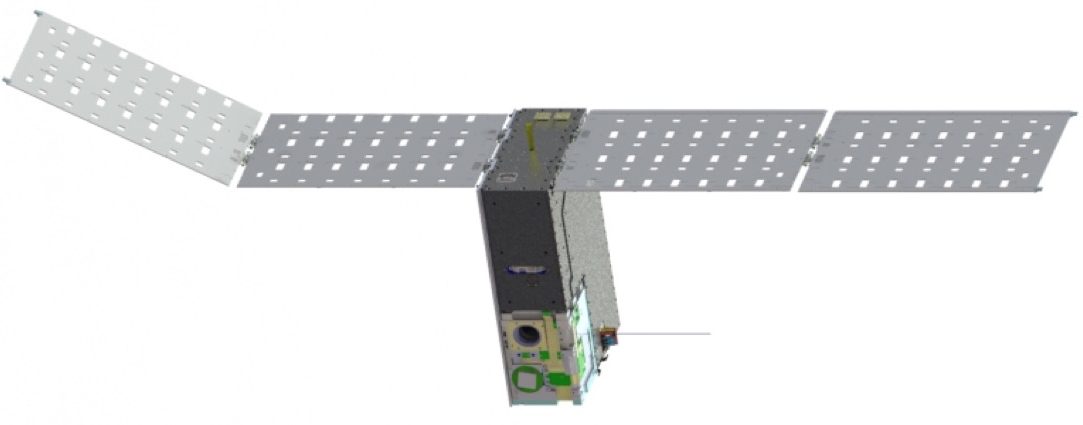Science
Importance of Solar Spectral Irradiance Measurements
Radiative energy from the Sun establishes the basic climate state of the Earth’s surface and atmosphere and defines the terrestrial environment that supports all life on the planet. Solar variability occurs on a wide range of scales and affects atmospheric dynamics and chemistry along with photosynthetic processes in the biosphere–driving interactions among the atmosphere, oceans, ice, and land. The continuous measurement of solar spectral irradiance (SSI) is essential to interpreting how the Earth system responds to solar spectral variability and ultimately identifying the physical mechanisms of response. Fundamental objectives related to SSI monitoring extend to a broad science community that includes studies on Earth energy budget, process-oriented remote sensing applications, climate and atmospheric modeling, and atmospheric composition.
The current implementation for continuous SSI monitoring is the Total and Spectral Solar Irradiance Sensor (TSIS-1) Spectral Irradiance Monitor (SIM) that began operations in March 2018. Extensive advances in both instrument design and spectral irradiance calibration techniques have resulted in the TSIS-1 SIM being the most accurate space-borne SSI radiometer to date (continuous 200 – 2400 nm spectral absolute uncertainties <1%). Furthermore, both temporal and spectral observational overlap with the extant SORCE SIM measurements (that began in 2003) will secure the SSI data record continuity for the near-term.
There are many challenges to maintaining an accurate SSI measurement record over the coming decades that must be balanced within the broader goals and future fiscal realities of NASA Earth Science. The recent emergence and rapid growth of more advanced CubeSat developments commensurate with accurate and highly capable compact instrument designs offer the potential to demonstrate the viability of achieving and maintaining critical long-term solar data records. With the launch of the Compact Solar Spectral Irradiance Monitor (CSIM) we advance a new concept for a low-risk, cost efficient measurement strategy to continue and maintain an accurate SSI data record to meet the priorities of Earth science observational requirements. The TSIS-1 SIM – CSIM operational overlap offers SSI measurement advantages that have not been previously exploited. Because of the common, traceable calibration tie between the two instruments, operational overlap allows for a unique cross-calibration opportunity to verify and validate, on-orbit, the absolute accuracy as well as temporal and spectral stability of the CSIM mission concept.
CSIM Mission Goals
The Compact Spectral Irradiance Monitor-Flight Demonstration (CSIM-FD) will demonstrate and advance a new integrated observational concept for a compact, cost-efficient measurement strategy to continue the solar spectral irradiance (SSI) data record to meet the priorities of Earth science observational requirements.
CSIM-FD will accomplish several goals for assessment of CubeSats to obtain high priority Earth science return, namely near-term science opportunities to provide continuity of key measurements to mitigate potential gaps in key observational records. Building on our recent development successes involving the design and development of a new instrument and detector concepts for obtaining measurements of SSI and providing an SI-traceable tie to existing and future satellite records, CSIM-FD will bring new, emerging technology advancements to maturation by demonstrating a complete SSI mission concept with inherent low mass and compact design. Specifically, we directly align with NASA measurement priorities to develop and demonstrate new measurement technologies that make significant contributions to Earth science priorities and reduce the risk, cost, size, volume, mass and development time of Earth science instruments. Ultimately, implementing redundant and overlapping small satellite concepts involving low-risk, cost efficient measurement strategies can potentially ameliorate the long-term solar data record.

